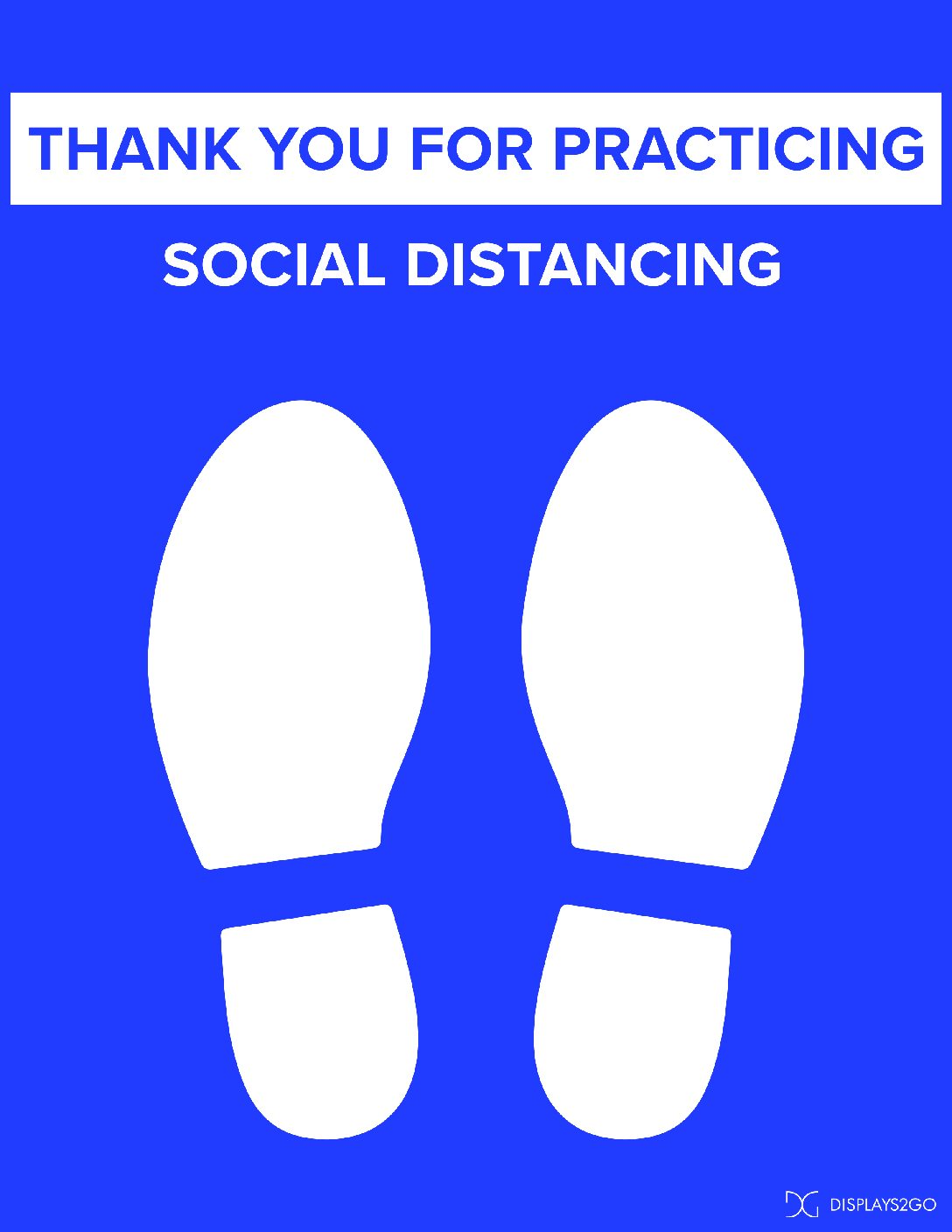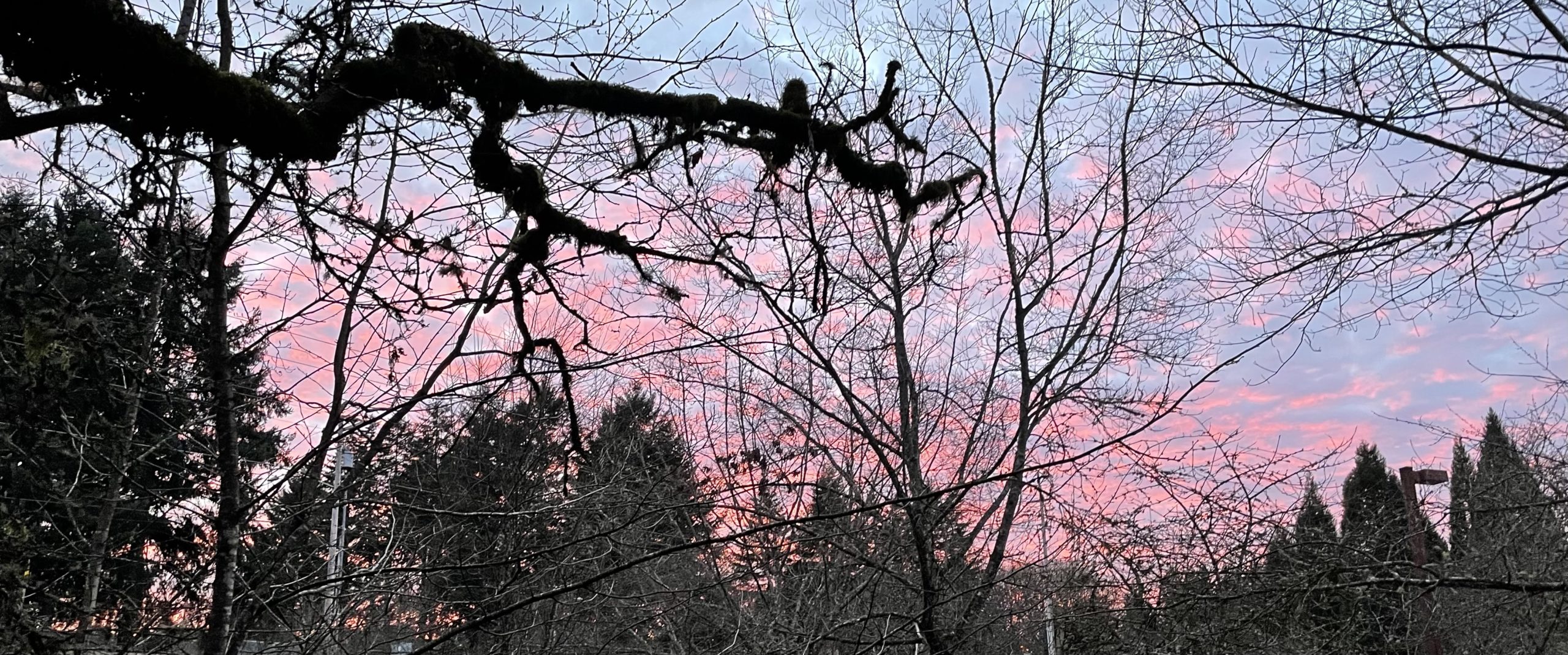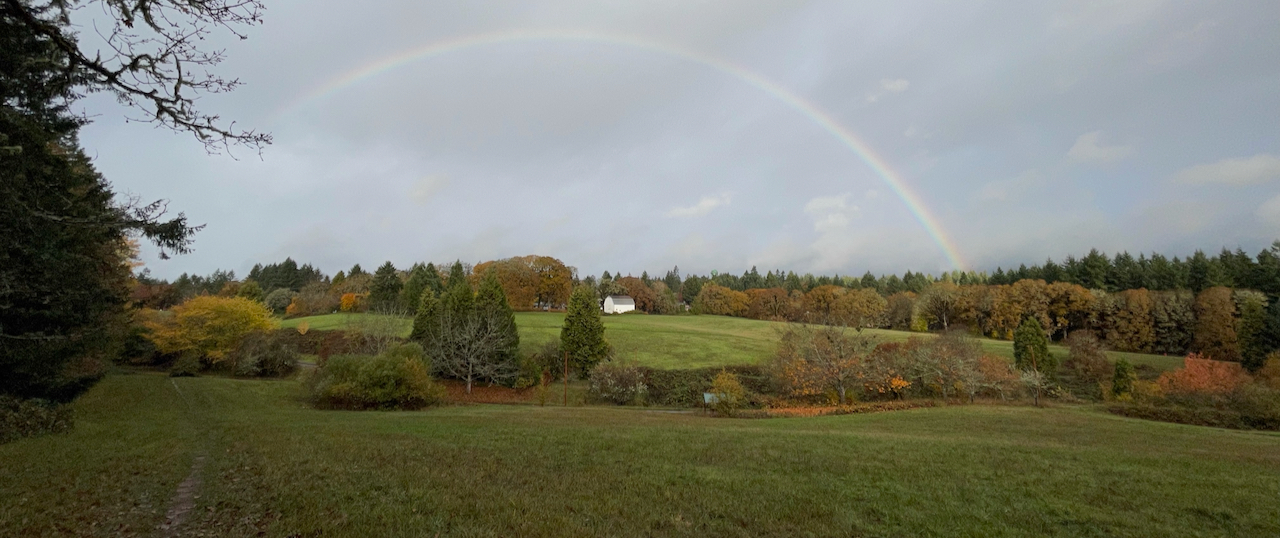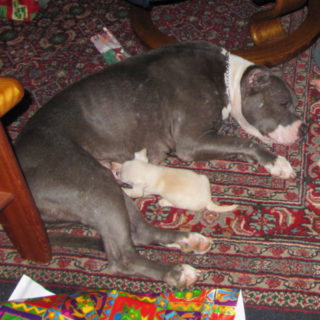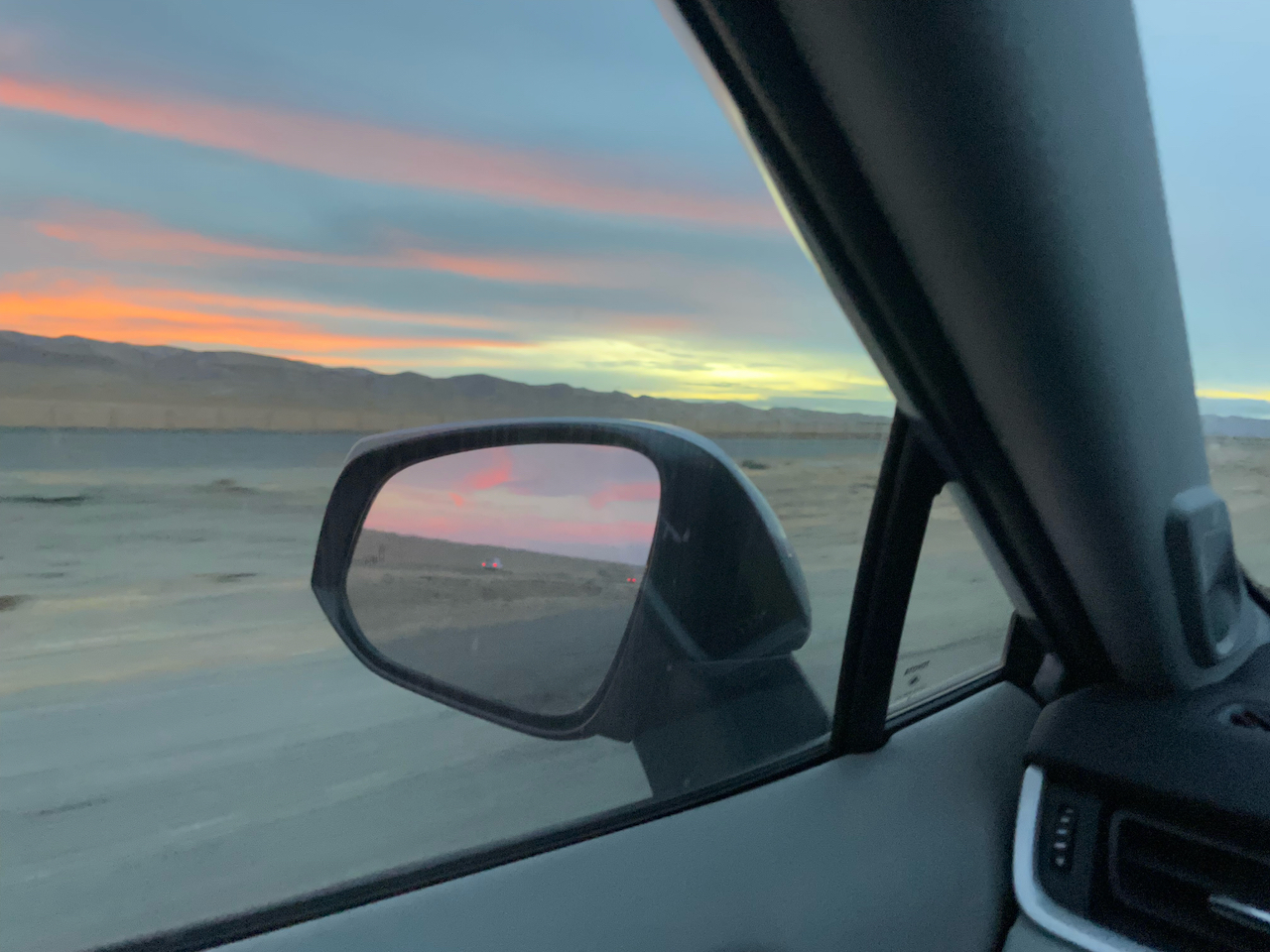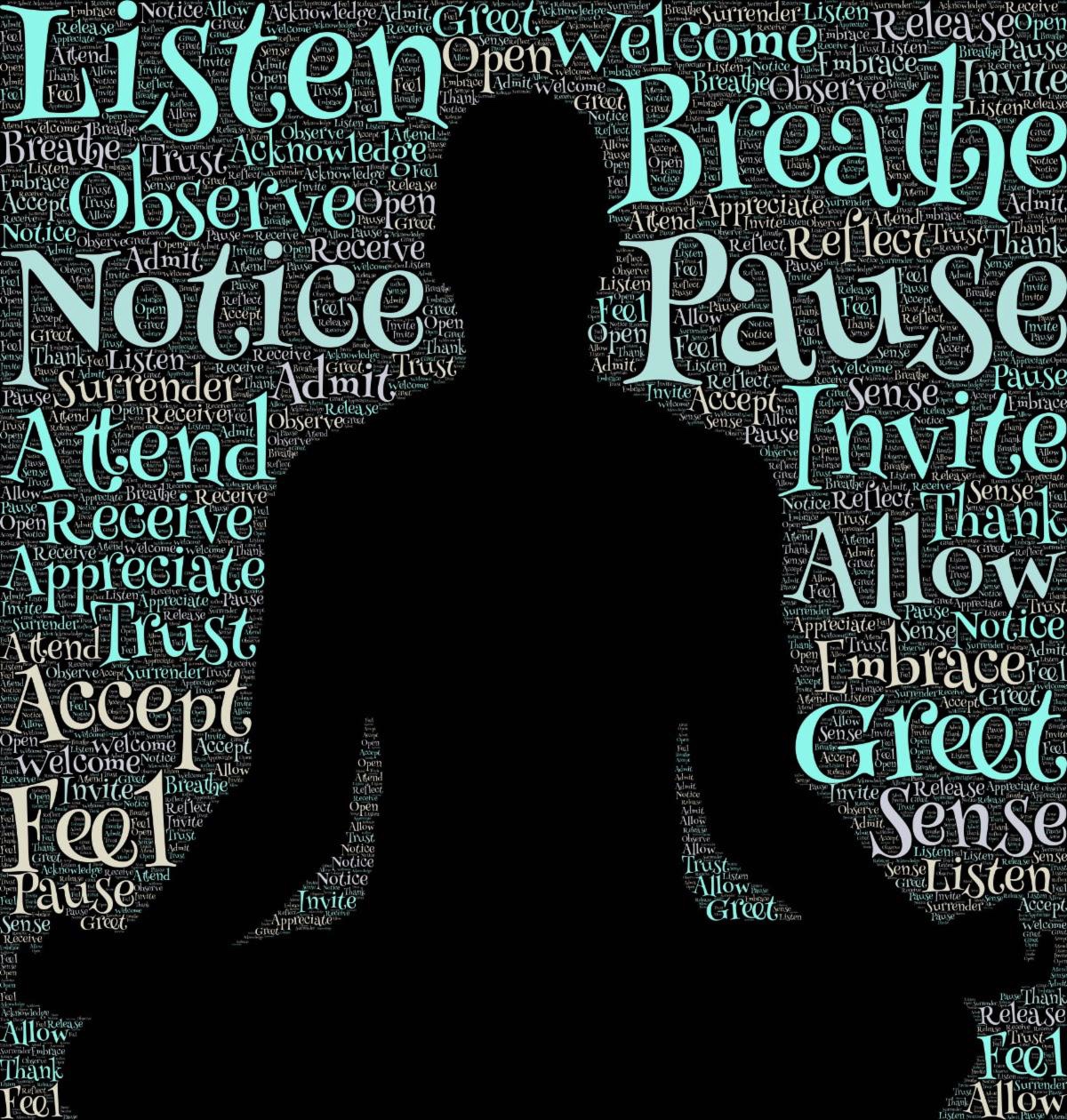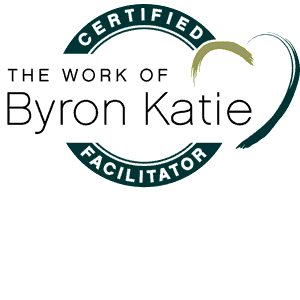Remembering to Keep My Mouth Shut
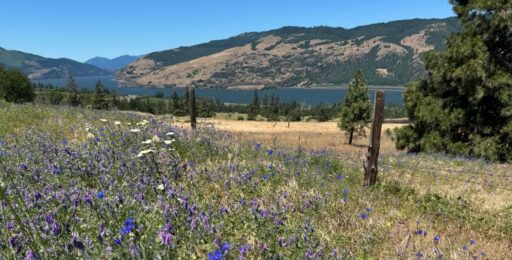
Being quick-witted and sassy is what women in my family have always been known for. I used to have such fun racing to pop off an answer framed as a question, Jeopardy style. I always won. I’ve also always loved pulling off a good rescue mission.
Stir together the impulse response and the Rescuer persona. Apply a long career aa a teacher and counselor. Bake for about 65 years. What comes out is someone like me: a human being who is constantly learning to keep her mouth shut.
Nowadays I at least know to slow myself down. And when I do slip up, it’s because I’ve somehow convinced myself of my own brilliance and wisdom. Based (of course) on an ample lifetime of learning the hard way.
The best worst news of getting older is that the quick-witted trick doesn’t quite work the same.Now I think of the very best snappy comeback and then I sometimes stop mid-sentence, awkwardly waiting for someone’s name or a common everyday noun to emerge from the murky bowels of my memory. Just like the old days when I frequently blew a good punchline.
It’s strange to be That Person, and the one who forgets important things like where she stashed an item of some importance (say a car title, or perhaps her very own head). Day by day it’s apparent that I’m over it (my head, that is).
Who is This One now she’s in the third act of life? Not the same. And yet that’s not true either. There’s a very big, calm part that always knows, when asked, what’s truly important to remember. It lives somewhere and nowhere and everywhere, and it has always had my back.
When I remember this I don’t need the cheap memory tricks anymore. but what I do need I’ve had all along, and she’s a hella good navigator, calm and wise. One with the Big Picture in mind. One who knows the wisdom of silence, or at least the secret of when to listen well. One who wants nothing and whose fuel is a calm, loving heart. And that knowing is far more powerful than any one word could ever be.
I relearn this nearly every day.
Gratitude for all these moments of clarity, even when I forget.
|
Nourishment I want to eat the morning light by the tablespoon. No. By the cupful. Stalking it ambushing it as it butters its way across the room, moves at a certain slant, creeps up behind the shadows tucked into corners swallows everything in its way I scoop it up for free like capturing snow for a cone. Three cupsful of radiance in a giant waffle cone, please. Savoring its smooth glow, I swallow its essence whole, ready now to face the news of the day —SgB June, 2024 |
|
photo by George Beekman |
Fuse for Your Pocket: Green on Green

Green on Green
Here in Oregon the color is always on-brand, just like rain, her more-famous sister brand. When spring first rolls around, the infinitude of colors of green flood the landscape. No one has yet invented Spring foliage tours, but the potential is there.
Oregon Leaf Peeping tours. come drink in the colors during our spring greening event, at its best for only a couple or three weeks. (Just remember: you heard the idea here.)
Ever since the increased loss of ancient forest lands to wildfire in the last five years, I try to stay focused on gratitude for what’s left. Spring always makes this less of a struggle, with its constant reminders of renewal.
Earlier this month I went on a retreat in HG Andrews Experimental Forest. It’s in the Cascade mountains a couple hours from my home. It’s also the very first US Forest Service outpost devoted to forest research, centered in an ancient forest stand. It was established around the time of my birth, a more innocent and less fiery time.
I had been there exactly a year ago. Since then 70% of the surrounding forest acreage had burned. In addition, windfall from last winter’s ice storm damage surrounding us served as a constant reminder of nature’s growing vulnerability. Seeing all of this damage hit me hard.
How do I open up enough space for hope along with this sorrow? This was my heart’s cry as I walked the trail. After a good cry, I just might’ve needed to distracted myself a bit because before I knew it I was trying to name all the colors of green in a Crayola box. (The kind with 120 colors and a sharpener embedded in the box.)
I sat on a stump on a virgin forest riverbank to contemplate this, ancient trees all around. The longer I perched there the more I could see. I began to imagine breathing it all in. I gazed at a cluster of moss for a while, slowly letting in what was right in front of me. I counted at least five different species of moss, layered in deepening shades of my new favorite color.
Fir, hemlock, and cedar created a canopy which sheltered their moss friends. A few trillium flowers trumpeted the arrival of spring and tiny calypso orchids poked shyly out of the earth. It was like a Disney movie.
I drank it all in and closed my eyes. When I opened them again the words forest magic drifted through my mind. In its spell, I forgot to name anything at all, no matter what color. I was flooded by a deep sense of the ineffable beauty and comfort of all creation. I remembered a few words by poet Dylan Thomas. “The force that through the green fuse lights the world.” There was a sweet moment of being completely taken over by that powerful source of renewal. Then a flood of profound peace. Followed by a desire to protect the fragile land.
There’s comfort in knowing that I’m not alone. And I still carry the green fuse in the pocket of my mind. Maybe you’d like to put it in your pocket too, as you revel in the new life that spring offers.
|
Mourning Dove soft cry first sound new day rising voice of hope or a question. Are you there? the answer a beat away but steady now, now, now. a slow dissolve and a surrender to a landing and a resolution and a repetition or a preparation for the next call. Are you there? Where? Where, where, where? Same chord with the same soft insistence on a mournful tone of longing and a forever call with the same always response. just this, this, this, and this here, here, here. and here. Home, home, and home —SgB 2023 |
|
photo by George Beekman |
Don’t Feed the Fears

The sign was tucked precariously into the shingles of a house a bit back from the road. When I passed it before, I assumed it was just another treasure a college student had ripped off from the national forest. But yesterday, perhaps because I had new glasses, I doubled back to check it out.
Sure enough. Nothing about Bears. Don’t Feed the Fears it said. Now THAT sounds about right, I thought. And then the question came to me.
What if I could accomplish this in my own lifetime? What if I could truly learn to refrain from feeding the fears that come with most any challenge?
Let me just say It would be a miracle.
And I believe in miracles.
Love is Letting Go of Fear was my favorite go-to for the entire decade of the 1980’s, when I was submerged in mothering two young children.
There were times when I might have taken it a bit far, like the day I noticed my daughter, not yet three, perched at the top of a slide. Was she hesitant, waiting for my permission? I ran to the slide, but she was already propelling down the chute, coming close to landing on her still somewhat bald head. For years I would laugh about my struggles conveying to her “a decent sense of fear.”
Later I learned there was another name for the challenge of raising both my kids. ADHD. What I’ve learned from this entire experience would fill at least a book or two (and one I already wrote. Literally). But what I have left to learn about neurodiversity could fill far more pages. And continue to offer valuable perspective, as I’m still learning.
But what I’m thinking about nowadays is more basic yet. What simple mantra has been my guide over the years? It could be summarized in the very same three words: Don’t Feed the Fears.
I’ve traveled to retreats, embracing meditation, holy listening, and inquiry. I’ve continued to discover that generalized “fear” includes death and chronic debilitating illness, the things that I see beloved friends facing head-on nowadays. The Big Things.
I’m learning to make enough space in my life for the silence I need to take inspiration from the snowdrops and hyacinths pushing their way up just outside the walls of daily routine. I’m taking this poem by May Sarton with me as I spend a few days in my tiny meditation/writing hut, where I’ll be joining other meditators at a semi-silent online retreat. My goal is to allow this busy mind to trust the way of all other living things this Spring.
I want to begin with curiosity about how the next passages of life might look if I truly learned life lessons and took inspiration from the simple mantra, Don’t Feed the Fears.
The Short Story of My Shadow and Me
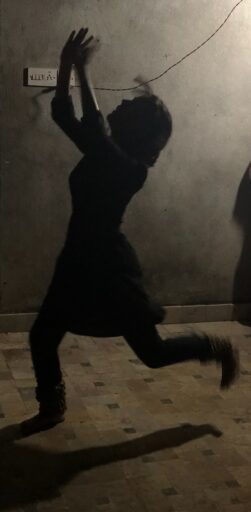
Once I tried to give away my shadow.
It wasn’t easy. More like downright terrifying.
I was launching my new book,
Putting Your Best Foot Forward:
a PR Guide to Life™ Suddenly I saw that my foot wasn’t the problem.
It was my shadow.
Such a mouth it had. Always with a snappy comebacks
Always with the opinions,
Always with the surprises.
It was time to move it along,
and so I started low.to the earth
with Groundhog, squatting at his burrow door.
(He was known to be cranky this time of year so I whispered).
You can use my shadow as a backup,
I gently suggested.
You might be more predictable,
He curled his lip and bared his incisors
I’ve got enough shadow
worries on my own without yours,
he snarled, And besides, It won’t fit!
Plan A (The Giveaway) was out.
Plan B (Direct Persuasion) was in.
Moon Shadows are kinder than Day Shadows, and so we met under a full moon.
Thank you so much for your service,.
Perhaps retirement might suit you, I suggested.,
I kept the argument civil, logical,
Sensitive to its needs.
But the nicer I was the nastier the response.
until I noticed my collar getting very hot,
and I heard myself saying
Okay then, I’m done trying to figure this out.
Let me make it clear: I don’t need you anymore.
And what if I refuse? It asked,
After that there were no other words,
only a dark pressure in my midnight mind,
a burrowing into my chest,
a sense of something crouching
Somewhere deep and out of reach.
And so I guess it’s the two of us now,
and I know that I will never see
the dance we do together, my shadow and me.
